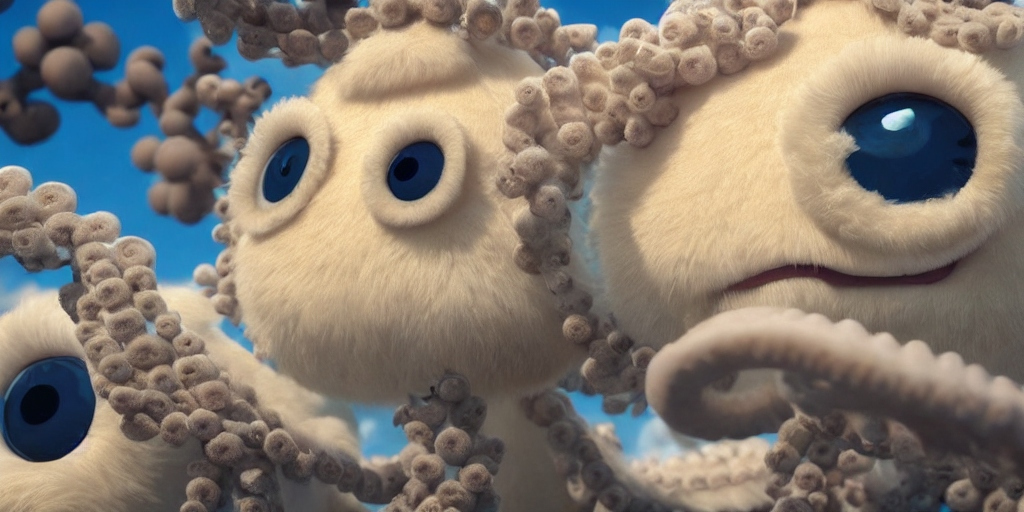The claim that an octopus has three hearts is a fact. These extraordinary creatures are equipped with three hearts to help them survive and thrive in their aquatic habitats. The presence of multiple hearts allows them to circulate blood efficiently, maintain high activity levels, and regenerate lost limbs. So, the next time you hear someone mention this astonishing fact, you can proudly confirm its accuracy and share your newfound knowledge.
An Octopus Has Three Hearts fact

Do octopi have three hearts? Let us dive into the depths of this underwater claim to see if it is a fact or a myth and ensure we all emerge feeling smarter.
The Claim: An Octopus Has Three Hearts
Unlike most animals, which possess only one heart, an octopus has three hearts. This might sound strange and unusual, but is it true?
Fact-Check: Multiple Hearts in an Octopus
After some thorough research, this claim is indeed a fact. According to the Smithsonian National Museum of Natural History, an octopus does have three hearts. One heart, known as the systemic heart, is responsible for pumping blood throughout the body, while the other two, called branchial hearts, are dedicated to pumping blood through the gills (Smithsonian Ocean, n.d.).
Why Does an Octopus Have Three Hearts?
The reason lies in the way an octopus circulates its blood. Octopuses have a closed circulatory system, but their blood contains a copper-based molecule called hemocyanin rather than the iron-based hemoglobin in our blood (Rosa et al., 2015). Hemocyanin is less efficient at binding and transporting oxygen than hemoglobin. To compensate for this, the octopus relies on its three hearts to maintain adequate oxygen levels and blood circulation throughout its body (Rosa et al., 2015).
The Benefits of Three Hearts:
The three hearts provide an advantage to the octopus underwater. The extra hearts allow the octopus to maintain high activity levels, essential for its predatory lifestyle and escape tactics (Hanlon & Messenger, 2018). Additionally, the increased blood flow aids in the octopus’s incredible regenerative abilities, such as regrowing a lost arm (Borrelli et al., 2018).
- Smithsonian Ocean. (n.d.). How many hearts does an octopus have? Retrieved from https://ocean.si.edu/ocean-life/invertebrates/how-many-hearts-does-octopus-have
- Rosa, R., Trübenbach, K., Pimentel, M. S., & Boavida-Portugal, J. (2015). Octopus vulgaris: A powerful model to address the eco-physiology of a complex marine invertebrate. In The physiology of climate change: How potentials for acclimatization and genetic adaptation will determine ‘winners’ and ‘losers’ (Vol. 6, pp. 127-148). Springer, Cham.Hanlon , R. T., & Messenger, J. B. (2018). Cephalopod Behaviour. Cambridge University Press.
- Borrelli, L., Gherardi, F., & Fiorito, G. (2018). A catalogue of body patterning in Cephalopoda. Frontiers in Physiology, 9, 1-45.
